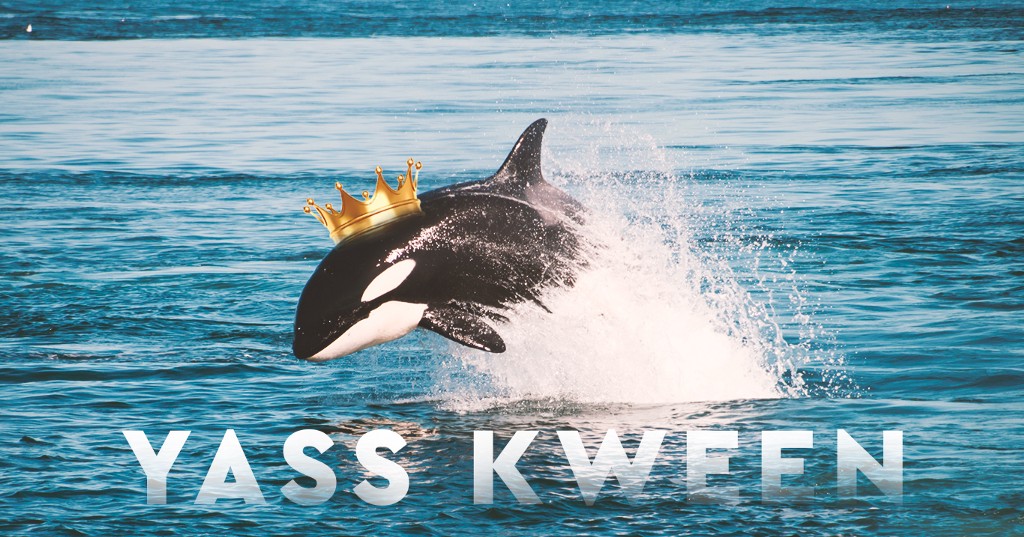Killer Whales Become Boss-Lady B*tches After Menopause

They slay. All day.
Older adults have it made. After 18+ years of raising children, the nest is finally empty and there’s an abundance of free time. You can get discounted meals at your favorite chain restaurant and no one looks at you like you’re lame if you go to a matinee movie, trying to milk as much out of your senior citizen discount as you can.
After reading about the lives of killer whales on Smithsonian, I’ve realized they’re basically older adults’ sealife counterparts. In fact, female killer whales actually thrive once they’ve reached menopause.
With 35 years of research under their belts, scientists from the University of Exeter, the University of York and the Center for Whale Research were able to understand the role of female killer whales in a pod (a group of whales). They noticed that female whales tend to take the lead in the pod once they’re no longer able to conceive. For female killer whales, this tends to happen around the age of 50, around the same time that male killer whales start to die.
In a sense, female whales take the place of the male pod leaders after they die. The key to survival is solely in the hands of the lady whales. Their 50+ years of hunting and migrating means they can spread their ecological knowledge to their kin. Since they have so much experience, they’re able to lead hunts for salmon even when the salmon population is scarce during a particular season. It’s like second nature to them at that point.
In other words: Female killer whales are the inspiration we need when we’re going through a rough spot in life. No matter the circumstances, we can use our experiences to help us thrive later in life. These powerful sea mammals show us the best is yet to come.
